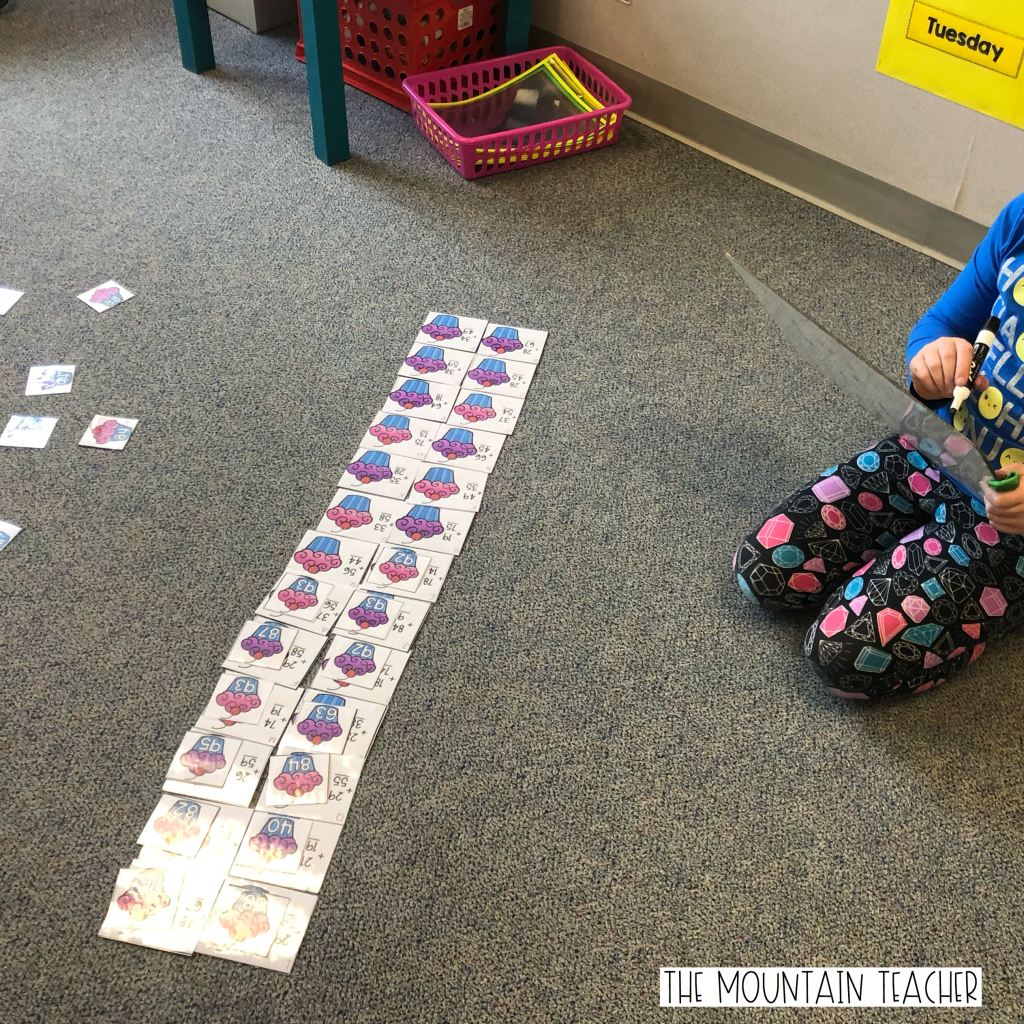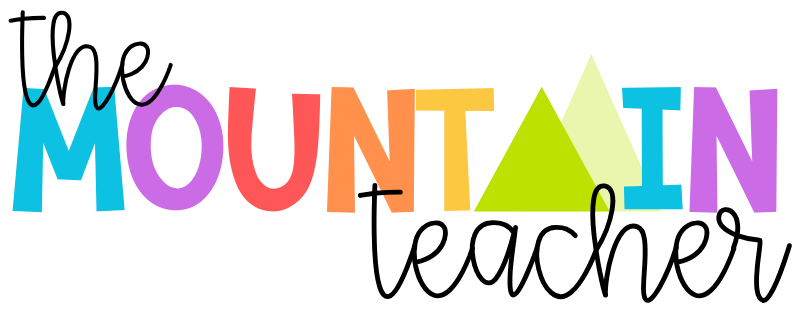The Best Ways to Teach Students Fact Fluency
Are you aware of how important practicing addition and subtraction fluency is? IT IS ESSENTIAL! The good news is that there are MANY ways to incorporate fact fluency into students’ days. Below are 7 of my favorite ways to practice math fact fluency in your first grade or second grade classroom.
What is Fact Fluency?
Math fact fluency is the ability for students to add and subtract numbers fluently.
What does this mean? Students may start by using number lines, fingers or manipulatives to help them count, however, to be fluent, students should be able to solve the problems without supportive tools.
Students need to be fact fluent in adding and subtracting to ten (by midyear first grade), to twenty (by end of first grade), to 100 (by end of second grade) and to 1000 (by the end of third grade).


Who?
EVERY student can practice math fact fluency. That is correct… EVERY student. From kindergarten through second grade, students should solely be practicing addition and subtraction facts until they are completely proficient.

Once students have demonstrated their proficiency in addition and subtraction, some students might be ready for multiplication.
However, it is essential that you are not introducing multiplication too early, as students really need to have a solid grasp on addition and subtraction first.
It is also more important for second graders to be fluent in addition and subtraction to 100 than to be fluent in multiplication, per the common core state standards. Trust me, third grade teachers will thank you!
Why?
Math fact fluency is important for many reasons, but most importantly, it takes the frustration out of mathematics for many students.
If students are able to fluently add and subtract, they will be able to focus on more complex problems without getting stuck on computing basic numbers.

When?
Fact fluency is easy, and can be incorporated into your day in the following settings:
- Daily Math Class Warm Up
- Small Group Warm Up
- Morning Work
- Centers
- A Time Challenge
- Homework
How:
Here are some of my favorite ways to practice math fact fluency:
Fact Fluency Strategy 1: PARTNER GAMES

There are many fun games out there. I love BOOM because the rules remain the same, but the numbers are constantly changing. Students will take turn rolling dice, adding numbers, and putting their pieces on the board. WATCH OUT for students who roll the same number, as they get to BOOM the other piece off the board to make a spot for their piece. Want to save your piece? Roll the same number twice and make a king, which cannot be removed. The first player to get to 8 pieces on the board wins!
Snag this fun Leprechaun Boom game in my St Patrick’s Day Math Fluency set.
Fact Fluency Strategy 2: SMALL GROUP FACT FLUENCY GAMES

My kiddos love to practice math facts in a group setting. My favorite game is having students go around in a circle (or with a partner), pull a card, and solve facts. Watch out for the wild cards though… you might get skipped, lose a turn, reverse the order… or get the dreaded LOSE ALL YOUR CARDS card. This game brings ENDLESS fun for kiddos, and is very independently run. My kiddos love to see me bring out this game each month. Snag the Valentine’s Day set here.
Fact Fluency Strategy 3: INDEPENDENT FACT FLUENCY GAMES
Matching centers are another way to have students practice their math facts in a new way. Students can use manipulatives if needed, and if not, they can try to time themselves and beat their time each day. Kiddos can figure these games out independently, and can spread out on the floor to get their work done. Snag the one pictured above here.
Fact Fluency Strategy 4: DAILY FACT FLUENCY PRACTICE PAGES

I absolutely LOVE these practice pages for either a warm up, independent center or even homework. If you are using them in your classroom, simply put them in sheet protectors and have students use them again and again. These can be timed (how many facts can they solve in a minute) or can be graded as is. They make GREAT daily practice, and can be used to track how well students are learning their facts. Snag these October Fact Fluency pages here.
Fact Fluency Strategy 5: DIGITAL FACT FLUENCY PRACTICE PAGES
Are you looking for an easy way to track their daily work without having to make hundreds of copies? These digital practice pages have many uses, but are also easy to assign and grade. Great for in person or distance learners.
Fact Fluency Strategy 6: FACT FLUENCY FLASH CARDS
Students can learn their facts quickly by practicing just one addend at a time (for example, all +1s, then all +2s, etc.). Students can then master their way through math facts by taking timed tests. They can move on to the next fact when they haven’t missed a single problem on their timed test. Students can go up to +10s, then -10s, then it will finally be time for multiplication! (I recommend second graders and above only). Snag this flash card set here.
Fact Fluency Strategy 7: DIGITAL FACT FLUENCY FLASH CARDS (Boom Learning)

If you have not yet tried Boom Learning, hop over to my blog for more detail on what it is and how to implement it in your classroom. The long story short.. Boom cards are SELF GRADING, EVER CHANGING flash cards for students. You will get a report of how well they have done each day. This is a great way to hold students accountable without having to grade anything yourself. Snag the addition to 20 set here for a DAILY activity for your kids that can be used over and over again, as each day the set will change.
I hope you enjoyed these 7 different ways to practice math fact fluency in your first grade or second grade classroom.
What is your favorite way to help students master their math facts? Leave it in the comments below!
